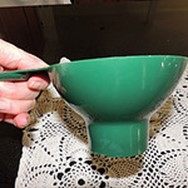Buckets are a fact of life when it comes to food storage. They are strong, light and moisture free, and, when sealed, will keep most, if not all pests at bay. They are also readily available and the cost is nominal, if not free.
In keeping with the theme of survival and food storage basics, in this article I share the ins and outs of food grade buckets, lids and gamma seals to safely store you bulk food items for the long term.
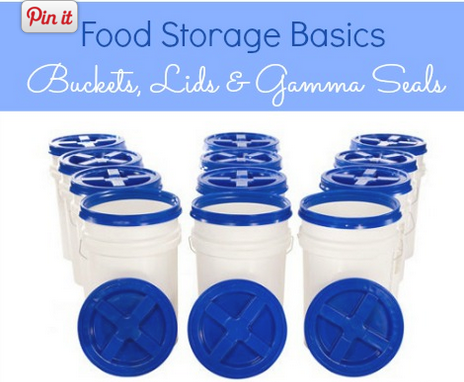
Food Grade Buckets Please
The term “food grade” is often mentioned when the subject of long-term food storage buckets is discussed. So what exactly does food grade mean? Here is the scoop from the US Food and Drug Administration (FDA):
The FDA requires that plastics used in food packaging be of greater purity than plastics used for non-food packaging. This is commonly referred to as food grade plastic. Food grade plastic does not contain dyes or recycled plastic deemed harmful to humans.
Food grade plastic does not contain dyes or recycled plastic deemed harmful to humans. In addition, a plastic container can no longer be considered food grade if it has been used to store non-food items like chemicals, paint, or detergent.
The Society of Plastics Industry has established a seven-point system of categorizing and labeling food grade plastics. Learning how to tell if a plastic container is food grade plastic is easy. Each type is identified with a triangular-shaped label with rounded corners made of three arrows and a number in the center.
The various types are:
1-PET (or PETE): PET or PETE (polyethylene terephthalate) is a clear, tough polymer with exceptional gas and moisture barrier properties. PET’s ability to contain carbon dioxide (carbonation) makes it ideal for use in soft drink bottles. Examples: Soft drink bottles, detergent bottles.
2-HDPE: HDPE (high-density polyethylene) is used in milk, juice, and water containers in order to take advantage of its excellent protective barrier properties. Its chemical resistance properties also make it well suited for items such as containers for household chemicals and detergents. Most five gallon food buckets are made from HDPE. Examples: Milk bottles, shopping bags.
Most but not all food grade buckets are type 2 HDPE. But, and this is a big BUT, unless your HDPE bucket is specifically labeled as “food safe”, assume it is not. You can still use it if it is lined with a Mylar bag prior to use.
3-Vinyl (PVC): Vinyl (polyvinyl chloride or PVC) provides excellent clarity, puncture resistance and cling. As a film, vinyl can breathe just the right amount, making it ideal for packaging fresh meats that require oxygen to ensure a bright red surface while maintaining an acceptable shelf life. Examples: Plastic food wrap, shrink wrap, garden hoses, shoe soles.
4-LDPE: LDPE (low-density polyethylene) offers clarity and flexibility. It is used to make bottles that require flexibility. To take advantage of its strength and toughness in film form, it is used to produce grocery bags and garbage bags, shrink and stretch film, and coating for milk cartons. Examples: Squeeze bottles, dry cleaning bags.
5-PP: PP (polypropylene) has high tensile strength, making it ideal for use in caps and lids that have to hold tightly on to threaded openings. Because of its high melting point, polypropylene can be hot-filled with products designed to cool in bottles, including ketchup and syrup. It is also used for products that need to be incubated, such as yogurt.
6-PS: PS (polystyrene), in its crystalline form, is a colorless plastic that can be clear and hard. It can also be foamed to provide exceptional insulation properties. Foamed or expanded polystyrene (EPS) is used for products such as meat trays, egg cartons and coffee cups. It is also used for packaging and protecting appliances, electronics and other sensitive products.
7-Other: This category basically means “everything else” and is composed of plastics that were invented after 1987. Plastics labeled as grade 7 should be specifically noted as being “food safe” before they are used to package or handle food.
These definitions of the various types of plastics are all fine and dandy but how do you tell – specifically – that a bucket or pail is truly food grade? That is an excellent question especially since there is a lot of misinformation on the Internet regarding what constitutes food grade plastic.
There are three methods you can use to identify food grade plastics:
1. Purchase new buckets that are marked “food grade” by the manufacturer. In addition to the actual text, you can look for the marks “NSF”, “FDA” or “USDA Approved”.
2. Find free or low cost used buckets that you know have already been used to store food and haven’t been used for anything else. You can find these at bakeries, restaurants, and food processing plants.
3. Call the manufacturer and ask.
Here are some other tips and things to look for when searching for buckets:
If transportability is important to you, make sure your bucket has a bail or a handle so that it can be easily lifted and carried.
As long as the bucket is food grade, don’t be afraid to use “free” buckets from the local bakery or fast food joint. Yes, the bucket may smell like pickles but with a good scrubbing with bleach, along with a day or two of airing outdoors, the smell will be all but gone.
Still smelly? Put some baking soda or charcoal in the bucket and seal it up for a few days. Take the seal off, rinse the bucket well and it should be sweet smelling once again.
Important: If a food grade bucket has been used to store non-food items like chemicals, paint, or detergent, it is no longer food grade.
Standard Lids Versus Gamma Seal Lids
Fortunately, most 5 and 6 gallon buckets utilize a universal 12″ lid. This means that the various lids are interchangeable. The important thing to look for is a lid with a rubber gasket fitted to its inside rim. With the gasket in place, the lid, when securely attached to the bucket, forms a nice seal.
Often times you will find a source for low cost, used food grade buckets, but they may come with banged up or damaged lids. Fortunately, it is easy to purchase new lids, independent of the buckets themselves. Given the importance of a good seal, it is recommended that you purchase new lids regardless. The seal is what is going to prevent moisture and insects from entering your buckets.
Tip: Applying a light coat of petroleum jelly, Crisco or other lubricant on the lip can keep the rubber gasket supple and helps to avoid tears in the rubber. This will also contribute to a good seal.
Such lids come in two basic types, the standard lid and Gamma seal lid. The standard lid is okay in that it does the job, but, for some, it may be difficult to use. To attach it properly, you have to pound it down hard. Needless to say, this is hard on the hands and nails, so if you decide to go with the standard lid, you should also use a rubber mallet so that you can tap around the edges to secure a decent seal.
Getting the standard lid open, in order to remove it from the pail, is also a challenge. For very little money, you can purchase a special tool that will pry the lid open. The tool is called a bucket lid remover and should cost less than $5 online or at your local hardware store, typically in the paint department. For a bit more money, you can get a metal lid opener, which is sturdier.
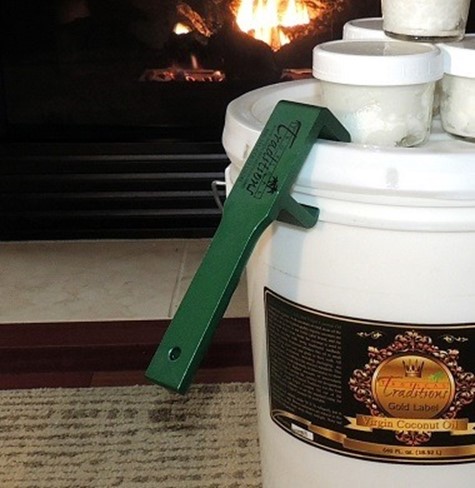
The other type of lid uses a Gamma seal arrangement. Think of the Gamma seal as a giant screw top for your bucket. All you need to do is snap the outer adapter ring on to the bucket then screw the inner lid into the outer ring. To make it easy, the Gamma lid has a big “X” molded in plastic making it easy to grab onto and spin.
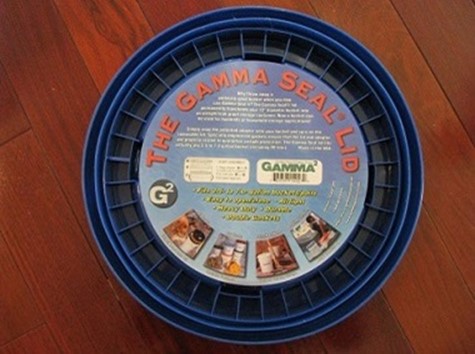
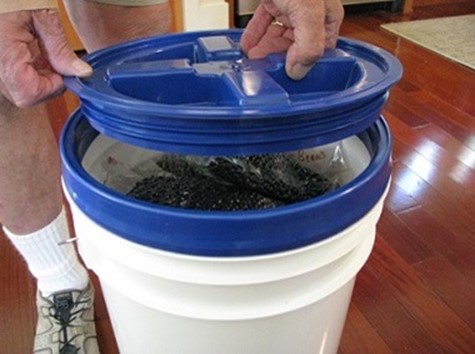
When you need to get something out of your Gamma-sealed bucket, all you need to do is unscrew the inner lid, pull out your product, then screw the lid back down.
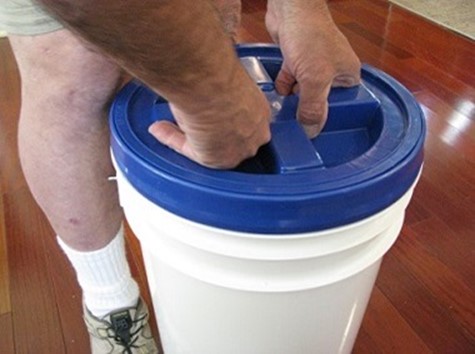
There are other advantages:
The Gamma Seal Lid has a stacking channel that is built into the outside rim. This allows you to safely stack several sealed buckets on top of each other, saving space.
They are airtight and leak proof.
They can be re-sealed over and over again.
The bugs cannot get in (although your product has to be bug and insect free to begin with).
The Gamma Seal Lids can be purchased in various colors if your storage system uses color-coding.
The disadvantages of a Gamma Seal Lid? I can only think of one. The initial investment can be costly. Still, when you consider that they are reusable and are interchangeable with various sized buckets, the price of a Gamma seal lid is worth it. Plus, if you get the buckets themselves for free, the combined cost of a bucket and lid will still be a great deal.
What About Mylar Bags and Buckets?
When using buckets and lids (either type), an inner bag is recommended but is not mandatory, especially if you are using the bucket for short-term storage to keep out moisture and insects. An example would be the short-term storage of dog food.
In practical use, I prefer a double seal system when I package my goods. Sometimes I will use a FoodSaver bag and other times I will use a one gallon Mylar bag. Either way, I will also use a 300 cc oxygen absorber. I then put the bags in the bucket, seal the bucket with a gamma lid, and I am set. When it comes time to use some of the products, I take off the gamma seal lid, remove a single bag of food, screw on the gamma lid and I am good until the next time.
Something else I recommend, mostly for practical purposes, is to mix up the products in each bucket, So, for example, fill a single bucket with a 1 gallon bag each of various beans, another 1 gallon bag with rice, and another with oats. Throw some spices and bouillon in the bucket and you have a grab and go bucket with variety of food stuffs. This is ideal if you need to get out in a hurry or if you want to share some of your product with a loved one.
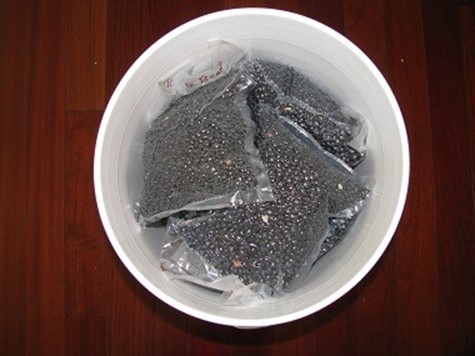
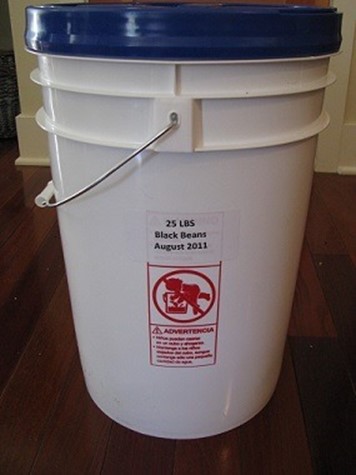
Whatever you do, don’t forget to get out your Sharpie or other marker so that you can label label the bucket with its contents and the date it was packed. Now that I think about it, a bucket filled in this matter would make a great gift for a non-prepper friend or relative.
Additional Resources
Now that you have learned about buckets, lids, and gamma seals, you might also be interested in the following articles on food storage basics.
The Final Word
What happens next? I suggest that you head out to Wal-Mart, Costco, the LDS Home Storage Center or your favorite bulk food supplier and start purchasing 25 or 50 pound bags of of dried beans, rice, pasta, oats, sugar, salt, coffee, spices and other foods that you know your family will eat.
As always, do your best to purchase a little bit extra with each shopping trip or with each paycheck. It may not seem like much but trust me, your emergency food supply will grow quickly and you will begin to feel confident that you will have plenty of food to eat during hard times or following a major disruptive event.
Start now to make sure you are staying prepared.
Via: backdoorsurvival

 Follow
Follow


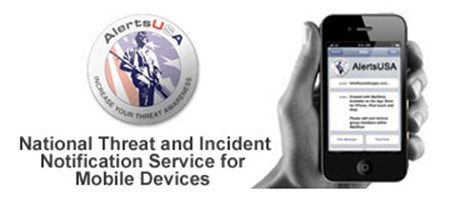
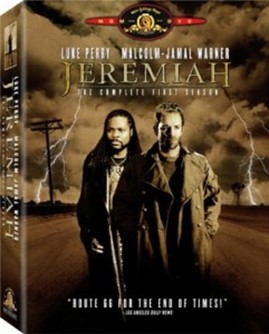
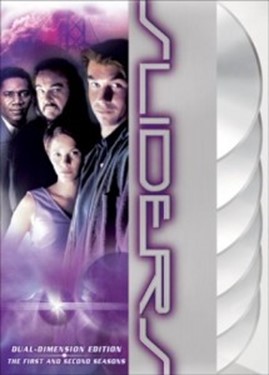
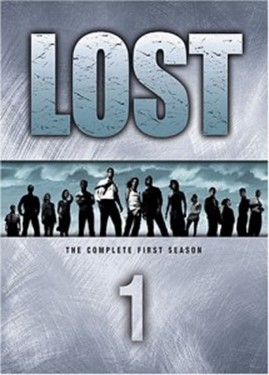
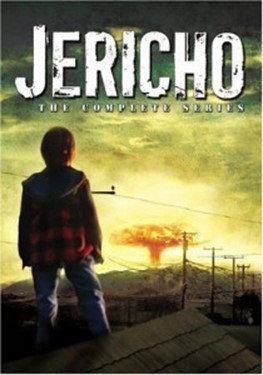

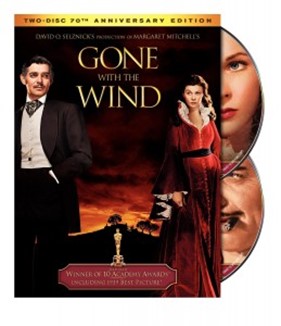

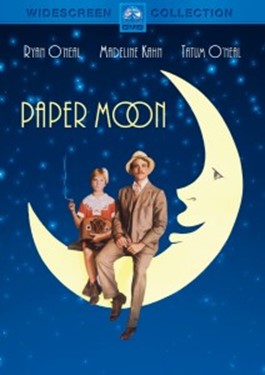
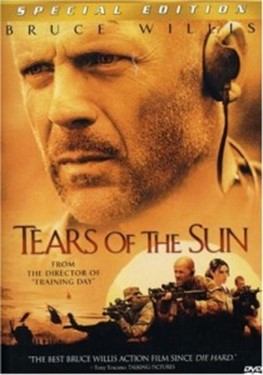
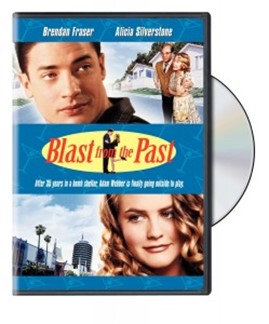
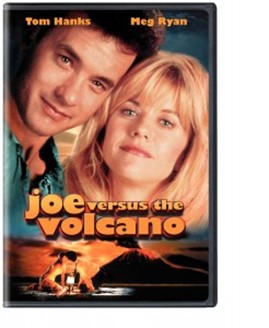
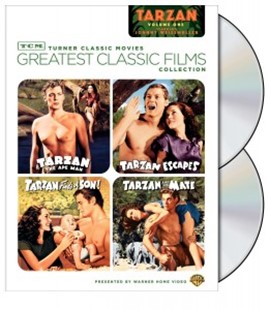

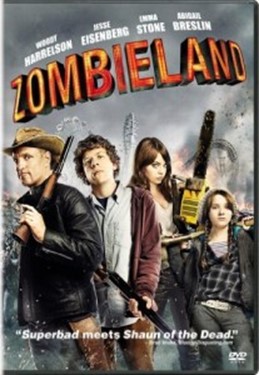
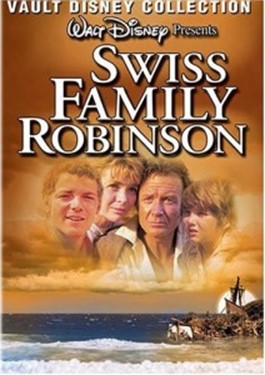

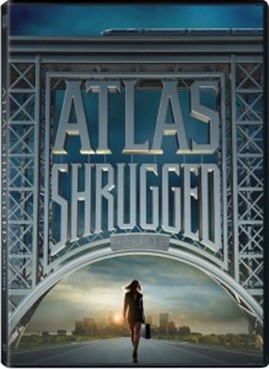
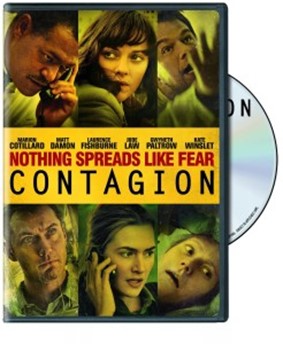
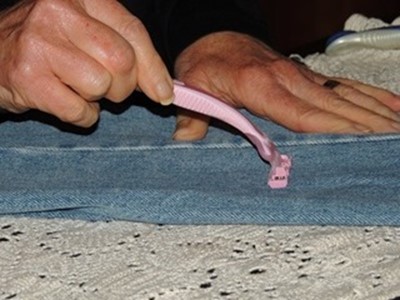
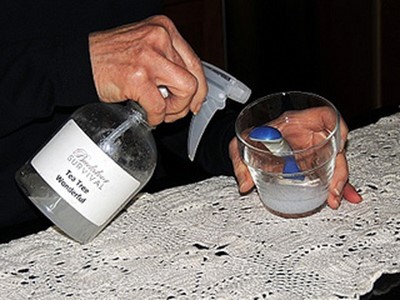
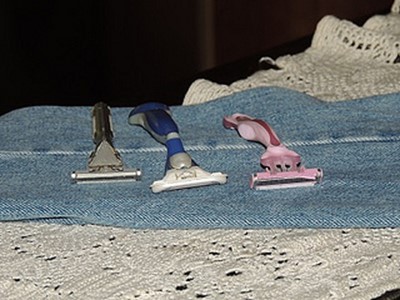
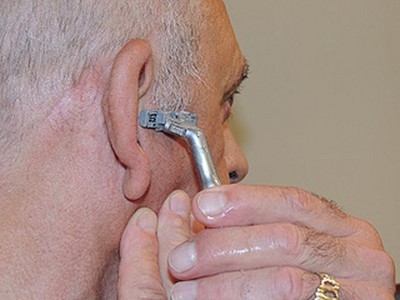







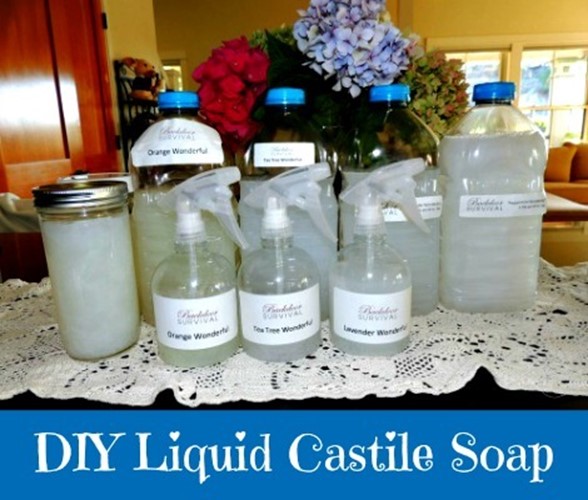
 which makes a great product that simply grows on you. It comes in many wonderful fragrances (I like the Rose and the Peppermint) and the liquid version is concentrated so that a little goes a long way. The downside is that at $14 or $15 for 32 ounces, it is expensive. Dr. Bronner’s also makes a bar soap that sells for about $4 to $5 per bar. I will tell you why all of this is important in a moment.
which makes a great product that simply grows on you. It comes in many wonderful fragrances (I like the Rose and the Peppermint) and the liquid version is concentrated so that a little goes a long way. The downside is that at $14 or $15 for 32 ounces, it is expensive. Dr. Bronner’s also makes a bar soap that sells for about $4 to $5 per bar. I will tell you why all of this is important in a moment.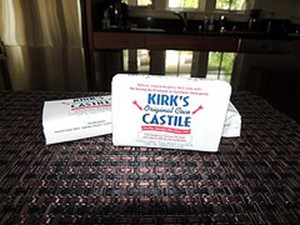
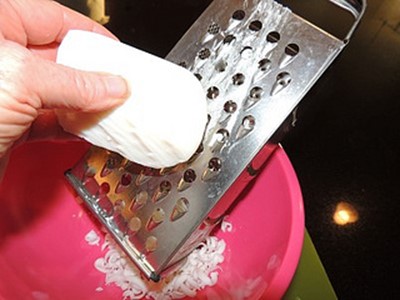
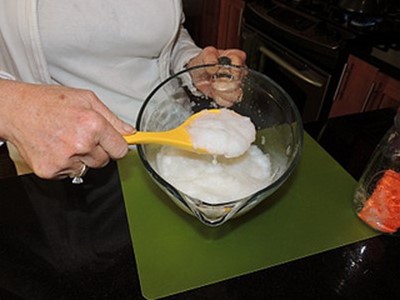
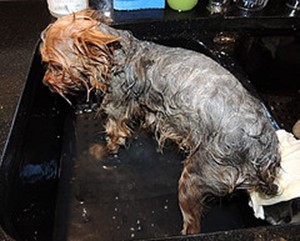

 Amazon also sells Kirk’s here –
Amazon also sells Kirk’s here – 




